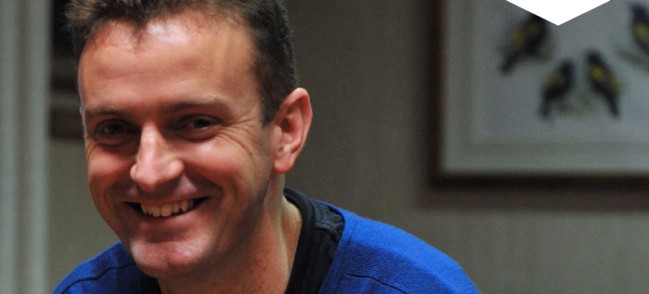Conservation biologist Professor Graeme Cumming had reason to celebrate in 2013 with two top awards coming his way.
In June 2013, UCT’s Pola Pasvolsky Chair in Conservation Biology clinched a prestigious NSTF-BHP Billiton TW Kambule award for his individual contributions to science, through research, over a period of five to 10 years.
Four months later, the Southern Africa Association for the Advancement of Science (S2A3) awarded him the British Association Medal (silver) for 2013. For the past 81 years, the S2A3 medal has been one of the highest awards made to young Southern African scientists for original research, and recognises outstanding capability and achievements in publications, discoveries or special skills.
“It’s nice to have the recognition that what we’re doing is important – and it’s nice to give the work we do some publicity and prominence,” says Professor Cumming.
Although Professor Cumming is based in the Percy FitzPatrick Institute of African Ornithology (Department of Biological Sciences), birds are only one focus of his broad range of research interests, which span landscape ecology, conservation biology, community ecology, resilience and complex systems theory. Among the programmes he runs is one on water birds and disease, particularly avian influenza and avian malaria (birds are not vectors for human malaria) and potential vectors of human and avian influenza.
Avian flu has hit the ostrich industry hard. H5N2, a highly pathogenic strain, resulted in farmers culling large numbers of birds, particularly after the 2011 outbreak. To monitor this, Professor Cumming has been working with the state veterinarian on the movement of ostriches from farm to farm.
But much of his focus is on ducks as primary vectors of avian influenza. Using telemetry, ducks like Red-billed Teal and Egyptian Geese (which are actually a shelduck, a cross between a goose and a duck) are tagged to document their range and movements.



Comments are closed.